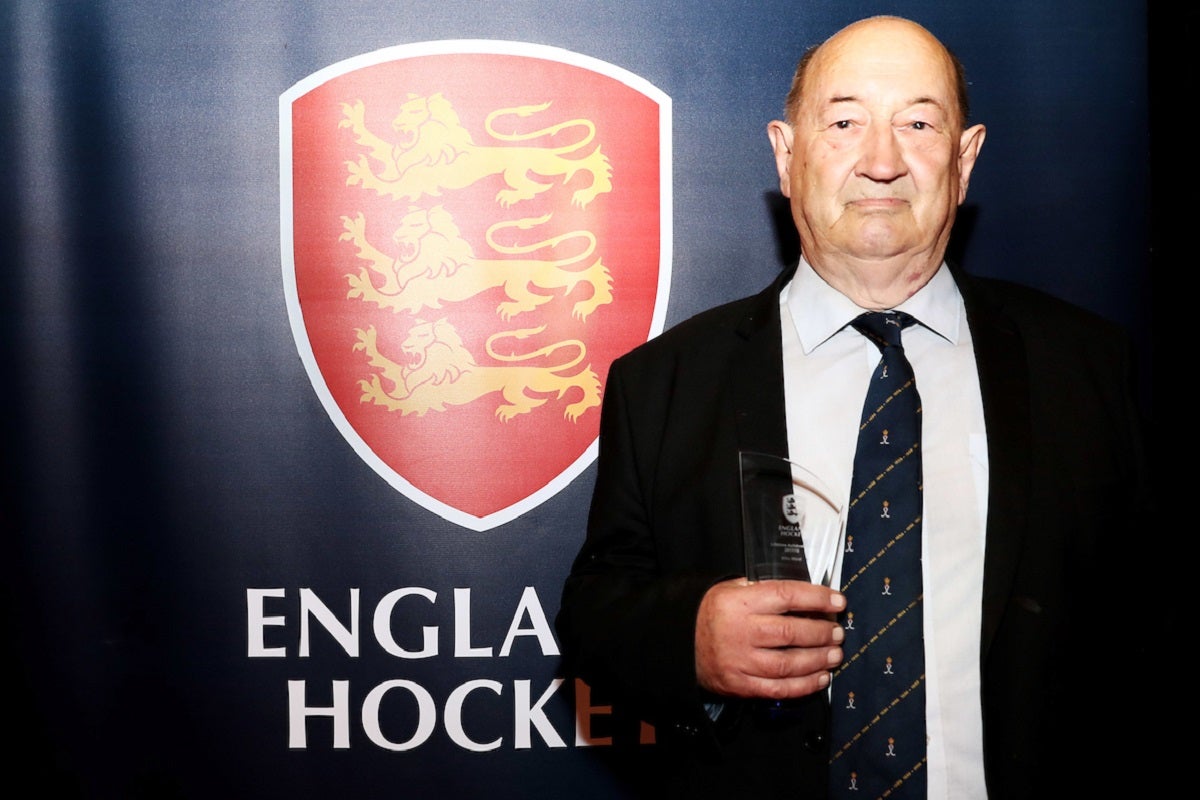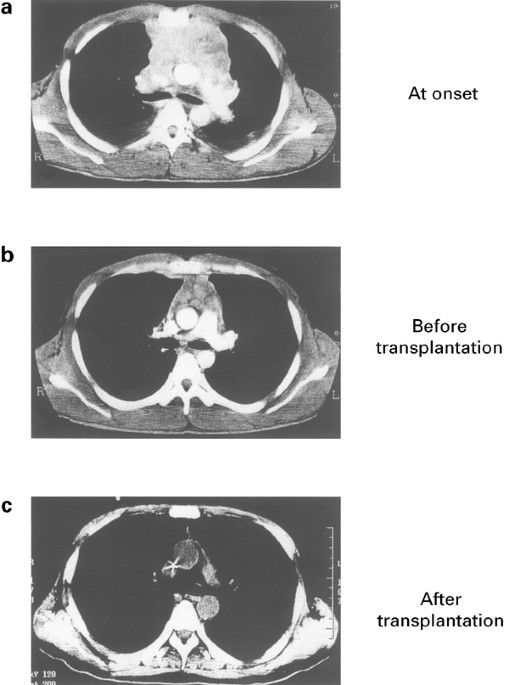- Select a language for the TTS:
- UK English Female
- UK English Male
- US English Female
- US English Male
- Australian Female
- Australian Male
- Language selected: (auto detect) - EN
Play all audios:
Abstracts on this page have been chosen and edited by Dr Trevor Watts CONSERVATIVE DENTAL SURGERY RESTORATIVE TREATMENT PROVIDED OVER FIVE YEARS FOR ADULTS REGULARLY ATTENDING GENERAL DENTAL
PRACTICE Clarkson JE, Worthington HV et al. _J Dent_ 2000; 28: 233–239 IN PATIENTS FROM A SELECTED GROUP OF GENERAL PRACTICES, NEARLY ONE QUARTER OF TEETH RESTORED IN THE FIRST YEAR WERE
RETREATED WITHIN THE NEXT 4 YEARS. In 1991, 24 dentists (primarily practising in the NHS) were selected from volunteers in Manchester and Salford, and 23 completed the 5 year study; each
dentist selected around 50 dentate regular patients out of each of 4 age groups from 25 yrs upwards. At baseline, there were 4,211 participants, 2,799 of whom remained at 5 years, and 2,293
of these had attended every annual examination. In this final group, 85% received some treatment during the 5 years: a mean of 2.69 teeth per person were filled, 0.6 crowned and 0.27
extracted. Only 1.31 of these were treated for caries, and the authors comment that the reasons for this require investigation and it indicates that DMFT does not measure caries experience
in adults. In the first year, 1,744 teeth were restored, 170 of which were retreated within 1 year, and 402 within 4 years. The same surfaces were restored in 350 of these, and in 30% of
cases, fillings were replaced with crowns. For teeth restored in the first year, 4-year survival was 84% for all fillings, and 92% for crowns. ENDODONTICS QUALITY OF ROOT-END PREPARATIONS
USING ULTRASONIC AND ROTARY INSTRUMENTATION IN CADAVERS Gray GJ, Hatton JF et al. _J Endodon_ 2000; 26: 281–283 THIS STUDY OF CRACKING CONSEQUENT ON ROOT END PREPARATION AFTER APICAL
RESECTION FOUND DIFFERENT RESULTS IN CADAVER TEETH AND EXTRACTED TEETH. For 25 years there has been debate over whether rotary instruments produce a different result to ultrasonics in apical
surgery. Cracks or chips could affect apical seal and assist bacterial persistence. This appears to be the first study in which the results on extracted teeth have been compared with those
from teeth treated in cadavers. In 45 extracted teeth and 30 teeth in cadavers, crowns and 3 mm of root apex were removed, and canals were instrumented. In one third of each group, apical
cavity preparation was completed with a rotary inverted cone bur in a high-speed handpiece; in another third, an ultrasonic tip was used at lowest intensity, and in the remaining third, at
highest intensity. Epoxy replicas of all roots were made and assessed, using scanning EM, by 3 blinded independent examiners for cracks and chips. In extracted teeth, both forms of
ultrasonic preparation showed significantly more chipping than rotary preparations, but in cadaver teeth, the much smaller differences were not significant. ORAL SURGERY MIDFACIAL TUMOURS: A
REVIEW OF 72 CASES Bridgeman AM Murphy MJ et al. _Br J Oral Maxillofac Surg_ 2000; 38: 94–103 ASSESSMENT OF A COMPARATIVELY RARE GROUP OF TUMOURS IN AN AUSTRALIAN TERTIARY REFERRAL UNIT
OVER A 10 YEAR PERIOD PROVIDED A BASIS FOR THE AUTHORS TO SUGGEST GUIDELINES FOR THEIR MANAGEMENT. In this group of consecutively-admitted patients from 1985 to 1995, approximately one third
of tumours affected the maxillary alveolus, another third the hard palate, and the remainder were divided between nasopharynx, nasal cavity, retromaxilla, antra and soft tissues of the
cheek. The commonest of 18 benign tumours was ameloblastoma (5), and of 54 malignant tumours, squamous cell carcinoma (SCC: 20). Almost all benign tumour management was surgical, but most
malignancies were given a combination of surgery with radiotherapy and/or chemotherapy. All patients were managed by a large multidisciplinary team. For SCC, radical surgery was used, with
subsequent radiotherapy in advanced cases. Surgery was also at the centre of salivary tumour management, with poorest long-term outcome for adenoid cystic carcinoma. The authors discuss
management strategy with reference to the goals of complete tumour excision and maintenance of function and aesthetics. ORAL SURGERY ASSESSMENT OF THE PHARYNGEAL AIRWAY SPACE AFTER
MANDIBULAR SETBACK SURGERY Tselnik M, Pogrel MA _J Oral Maxillofac Surg_ 2000; 58: 282–285 AIRWAY SPACE WAS DECREASED AT FOLLOW-UP 6-24 MONTHS LATER. Mandibular prognathism was corrected by
bilateral sagittal split osteotomies in 14 patients who had lateral cephalograms taken within 2 weeks preoperatively, 2 weeks postoperatively and for follow-up 6–24 months later. At
long-term follow-up, the mean mandibular setback was 9.7 mm and there was a 28% decrease in the distance from the tongue base to the posterior pharyngeal wall. After adjustment of results
for body mass index, pharyngeal airway space reduction correlated strongly with the amount of setback, with a mean reduction of 12.8% in the former. However, the change in anteroposterior
dimension was not significantly correlated with the amount of setback. The authors discuss whether setback surgery should be avoided in patients with other risk factors for obstructive sleep
apnoea. Following the paper, an invited commentator provided an interesting critique of the study, including the limitations of two-dimensional radiographic techniques. RIGHTS AND
PERMISSIONS Reprints and permissions ABOUT THIS ARTICLE CITE THIS ARTICLE Abstracts. _Br Dent J_ 189, 148 (2000). https://doi.org/10.1038/sj.bdj.4800706 Download citation * Published: 12
August 2000 * Issue Date: 12 August 2000 * DOI: https://doi.org/10.1038/sj.bdj.4800706 SHARE THIS ARTICLE Anyone you share the following link with will be able to read this content: Get
shareable link Sorry, a shareable link is not currently available for this article. Copy to clipboard Provided by the Springer Nature SharedIt content-sharing initiative







